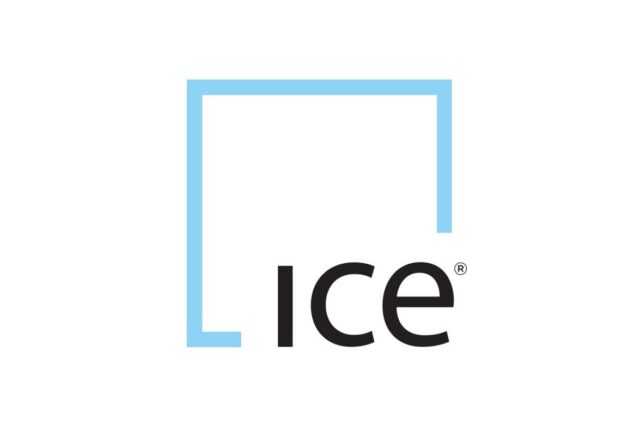MILAN – Coffee futures prices were back in the black on Tuesday recovering most of Monday’s losses. The Ice Arabica main contract for December delivery gained 205 points closing at 150.85 cents per lb, from a two-week low of 148.80 cents reached on Monday. Updated weather forecasts exclude the possibility of rain in Brazil’s coffee belt. This is triggering concerns that an excessive dryness may hinder the upcoming flowering season.
November Nov ICE Robusta coffee futures posted a $13 gain to end the day at $2456 per ton. Gains were capped in New York by weakness in the Brazilian real, which dropped to a two-week low against the dollar, prompting more export selling by Brazil’s coffee producers.
Current coffee supplies are tight as ICE-monitored Arabica coffee inventories yesterday dropped to a 10-1/4 month low of 427,440 bags. ICE-monitored Robusta coffee inventories rose to a 1-1/4 month high Monday of 4,307 lots.
The latest Commitment of Traders report from the ICE Arabica has seen Managed Money fund decrease their net short position by 46.46% within this market over the week of trade leading up to Tuesday 19th September 2023; to register a new net short position at 16,361 Lots.
The Index Fund sector of this market increased their net long position by 6.48% within the market, to register a new net long position of 47,375 lots the same day.
The Non-Commercial Speculative decreased their net short position by 37.58% to register a new net short position of 15,625 lots, which is the equivalent of 4,429,618 bags.
The monthly survey by SAFRAS showed growers committed 50% of the potential of Brazil’s 2023 crop until September 18.
This percentage involves, besides physical sales, exchange operations and lock-ins with trading companies, as well as negotiation rollovers from the past crop. Sales increased by 9% over the last month.
But even with the good progress, the sales flow remains slightly below the same period last year, when it reached 52% of production, and below the 5-year average for the period, which is around 53%.
Arabica coffee sales reached 47% of production, below the same period last year and the 5-year average, both at 51%. The positive surprise of production and the increase in physical availability improved commercial dynamics.
However, the volatility in the dollar and the ICE ended up cooling sentiments and slowing down the sales flow, reports Safras.
Conillon sales have gained more intensity, given the greater presence of sellers. Robusta in London and arabica in New York have found a balance point.
This ends up limiting robusta’s bullish moves, which deflates the bullish bet and results in more sellers in the market. Furthermore, Vietnam’s new crop is knocking on the door. And this could affect the price of robusta in London, concludes Safras.


















